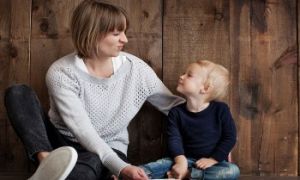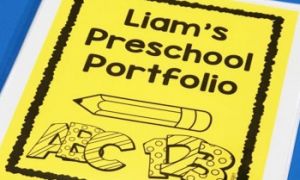For Educators responsible for the developmental program of children it is mandatory that you are entitled to 2 hours per week of non-contact time to complete your documentation.
Clause 21.5 - Non Contact Time - of the Children’s Services Award states:
For Educators
(a) An employee responsible for the preparation, implementation and/or evaluation of a developmental program for an individual child or group of children will be entitled to a minimum of two hours per week, during which the employee is not required to supervise children or perform other duties directed by the employer, for the purpose of planning, preparing, evaluating and programming activities. These 2 hours count as part of your ordinary hours.
How the 2 hours is split up across the week to accommodate programming time, is up to the Director. It can be 2 hours at a time or 1 hour for 2 days, it depends on the staff and ratio of the service. Wherever possible non-contact time should be rostered in advance.
For Educational Leaders
(a) An employee appointed as the Educational Leader will be entitled to a minimum of two hours non-contact time per week. During non-contact time, an employee will not be required to supervise children or perform other duties as directed by the employer.
(b) An Educational Leader who also has programming responsibilities for an individual child or group of children will be entitled to a minimum of four hours non-contact time per week.
(c) Wherever possible non-contact time should be rostered in advance.
For Educators and Educational Leaders not receiving their programming time during the week, you should make a formal request to your Director/Management, forwarding Clause 21.5 of the Children's Services Award 2010, to ensure that you receive it.
By law, it's a requirement for educators and educational leaders to receive programming time as stated in the Children's Services Award.
Reference:
Clause 21.5 - Non-Contact Time, Children's Services Award 2010
Note: This article has been updated on 14th May 2021



 Here is the list of the EYLF Learning Outcomes that you can use as a guide or reference for your documentation and planning. The EYLF
Here is the list of the EYLF Learning Outcomes that you can use as a guide or reference for your documentation and planning. The EYLF The EYLF is a guide which consists of Principles, Practices and 5 main Learning Outcomes along with each of their sub outcomes, based on identity,
The EYLF is a guide which consists of Principles, Practices and 5 main Learning Outcomes along with each of their sub outcomes, based on identity, This is a guide on How to Write a Learning Story. It provides information on What Is A Learning Story, Writing A Learning Story, Sample
This is a guide on How to Write a Learning Story. It provides information on What Is A Learning Story, Writing A Learning Story, Sample One of the most important types of documentation methods that educators needs to be familiar with are “observations”. Observations are crucial for all early childhood
One of the most important types of documentation methods that educators needs to be familiar with are “observations”. Observations are crucial for all early childhood To support children achieve learning outcomes from the EYLF Framework, the following list gives educators examples of how to promote children's learning in each individual
To support children achieve learning outcomes from the EYLF Framework, the following list gives educators examples of how to promote children's learning in each individual Reflective practice is learning from everyday situations and issues and concerns that arise which form part of our daily routine while working in an early
Reflective practice is learning from everyday situations and issues and concerns that arise which form part of our daily routine while working in an early Within Australia, Programming and Planning is reflected and supported by the Early Years Learning Framework. Educators within early childhood settings, use the EYLF to guide
Within Australia, Programming and Planning is reflected and supported by the Early Years Learning Framework. Educators within early childhood settings, use the EYLF to guide When observing children, it's important that we use a range of different observation methods from running records, learning stories to photographs and work samples. Using
When observing children, it's important that we use a range of different observation methods from running records, learning stories to photographs and work samples. Using This is a guide for educators on what to observe under each sub learning outcome from the EYLF Framework, when a child is engaged in
This is a guide for educators on what to observe under each sub learning outcome from the EYLF Framework, when a child is engaged in The Early Years Learning Framework describes the curriculum as “all the interactions, experiences, activities, routines and events, planned and unplanned, that occur in an environment
The Early Years Learning Framework describes the curriculum as “all the interactions, experiences, activities, routines and events, planned and unplanned, that occur in an environment


